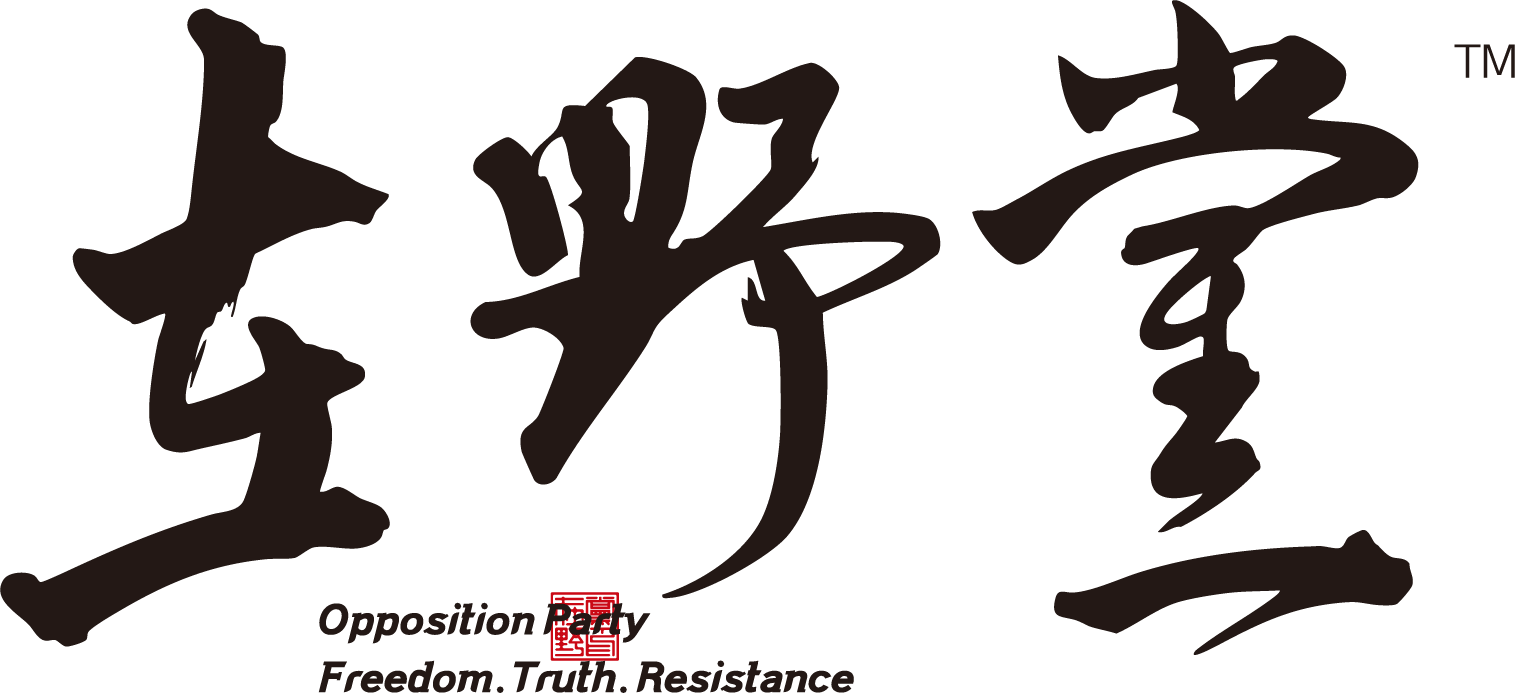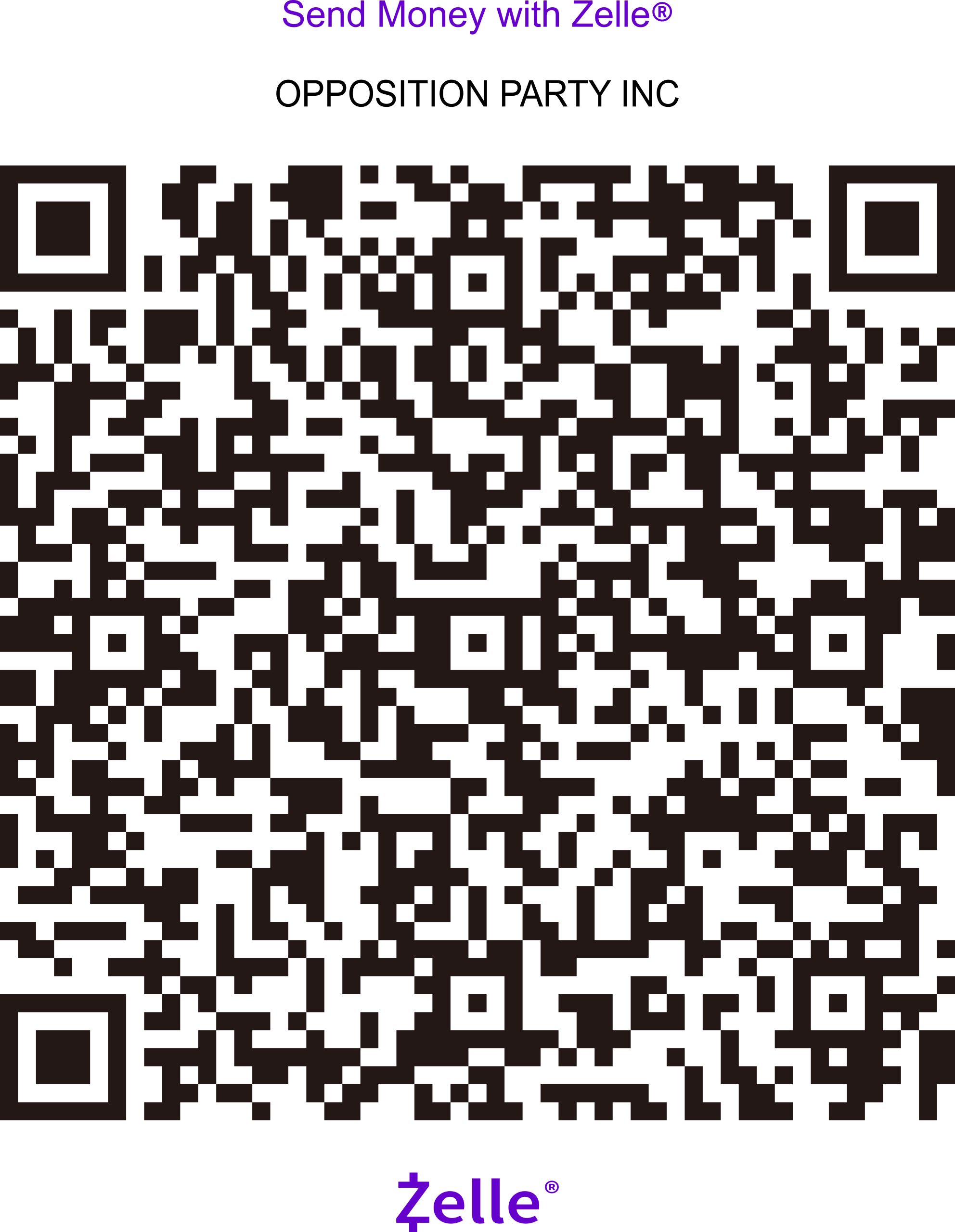Faith Is Not a Gift, but a Right — Tibetan Buddhism and Freedom of Religion
作者:陈婷
编辑:程伟 责任编辑:罗志飞 翻译:鲁慧文
如果一个人连祈祷的自由都失去了,那么他的生命中,还能剩下多少真正属于自己的部分?这不仅是一个令人心痛的追问,也是我们不得不正视的现实。在今天这个全球化与人权意识不断扩展的时代,仍有不少人因为信仰的选择而被怀疑、被限制,甚至被剥夺表达的权利。对于藏传佛教的信徒来说,这不是遥远的哲学讨论,而是切切实实的日常经历。
纵观人类文明的历史,宗教与信仰不仅是心灵的寄托,更是文化与智慧的重要源泉。不同地域的信仰传统,如同涓涓清流,汇聚成我们共同的文化海洋。当我们谈到宗教信仰自由时,谈的不是某个群体的特殊诉求,而是每个人与生俱来的基本权利。《世界人权宣言》第十八条明确指出:人人有思想、良心与宗教信仰自由。这种自由不仅包括信与不信的权利,还包括实践信仰、开展宗教活动、传承宗教文化的权利。这是天赋人权,而非任何政府、机构或个人的“恩赐”,更不应该成为被歧视与被迫害的理由。
藏传佛教是一颗璀璨而独特的文化明珠。它不仅是一种信仰,更承载着深邃的哲学思想、独特的艺术形式、古老的语言文字和独有的生活方式。走进西藏的寺院,色彩绚丽的唐卡、经堂中低沉悠远的诵经声、缓缓转动的转经轮……这一切都在诉说着一个民族数百年的精神传承。早课、诵经、朝圣、法会,不只是宗教仪式,更是信徒生活的节奏与文化身份的象征。当这些权利被限制或剥夺时,实际上就是在干预个人的思想自由——因为信仰不仅存在于庙宇之中,更深植于人心深处。

藏传佛教与藏族文化紧密相连,它不仅塑造了宗教生活,也塑造了语言、音乐、舞蹈、建筑、文学和医学。寺院壁画、唐卡绘画、藏文经典、传统节日……这一切都离不开信仰的滋养。文化可以借助艺术和教育延续,但如果失去了信仰的内核,文化就会逐渐变成空壳——被简化成表演和符号,沦为旅游的装饰,而不再是民族灵魂的寄托。
在世界的许多地方,藏传佛教不仅能够自由存在,还为社会发展作出积极贡献。比如在尼泊尔、不丹、蒙古,藏传佛教是国家文化的重要组成部分;在欧美,也有越来越多人通过藏传佛教的禅修寻找内心的平静与智慧。这些事实证明,在没有人为压制的环境下,藏传佛教不仅能健康成长,还能跨越文化界限,给予更多人精神滋养。与之形成鲜明对比的是,在中国,信徒的宗教活动被严格限制——法会需要审批,朝圣需要许可,甚至公开表达信仰都可能带来风险。在这样的环境里,信仰只能在沉默中存活,而沉默的代价,便是文化的慢慢消逝。
或许有人会觉得,宗教问题只是信徒的事,与自己无关。但事实上,宗教信仰自由是社会稳定与文明的基石。当一个社会尊重多元信仰,它的包容力、创造力与凝聚力都会增强。不同思想和文化的交流,不会削弱国家力量,反而能让社会在多样性中找到平衡与活力。相反,如果信仰自由得不到保障,受害的不仅是特定群体,还包括整个社会的公正与信任。历史无数次证明,打压信仰往往伴随着思想收缩与社会分裂,而一旦这种趋势蔓延,任何人都可能成为下一个失去自由的对象。你想成为下一个吗?
信仰的价值,不仅在于提供心灵的安慰,更在于它承载着一个民族的历史、文化与存在感。当一个民族的信仰被束缚,就意味着思想被禁锢,文化被压抑。宗教信仰自由,从来不是少数人的话题,而是全人类共同的权利。它保障了文化的多样性,也是社会文明的重要标志。今天我们为藏传佛教的信仰自由发声,明天这种力量或许就会保护到其他遭受压制的群体。
在全球化和多元化日益加深的今天,守护宗教信仰自由,不仅是对历史的尊重,也是对未来的承诺。无论是普通公众还是信仰群体,都有能力、也有责任在自己的位置上播撒尊重与包容的种子。因为真正自由的社会,不仅容许不同声音存在,还能让它们在交流中共同成长。
Faith Is Not a Gift, but a Right — Tibetan Buddhism and Freedom of Religion
Abstract: Article 18 of the Universal Declaration of Human Rights clearly states: Everyone has the right to freedom of thought, conscience, and religion. In China, religious activities of believers are strictly restricted — religious assemblies require approval, pilgrimages require permits, and even publicly expressing one’s faith may carry risks.
Author: Chen Ting
Editor: Cheng Wei Executive Editor: Luo Zhifei Translation: Lu Huiwen
If a person has even lost the freedom to pray, how much of his life can still truly belong to himself? This is not only a heart-wrenching question, but also a reality we cannot avoid confronting. In today’s world, where globalization and human rights awareness are steadily expanding, there are still many who, because of their choice of faith, are suspected, restricted, and even deprived of the right to express themselves. For Tibetan Buddhist believers, this is not some distant philosophical discussion, but a lived, daily experience.
Throughout human civilization, religion and faith have been not only a source of spiritual sustenance, but also an important fountainhead of culture and wisdom. Faith traditions in different regions are like trickling streams, merging into the vast ocean of our shared culture. When we speak of freedom of religion, we are not talking about the special demands of one group, but about an inherent and inalienable right of every person. Article 18 of the Universal Declaration of Human Rights clearly states: Everyone has the right to freedom of thought, conscience, and religion. This freedom includes not only the right to believe or not to believe, but also the right to practice one’s faith, to conduct religious activities, and to pass down religious culture. It is a natural human right, not a “gift” from any government, institution, or individual, and should never become a reason for discrimination or persecution.

Tibetan Buddhism is a brilliant and unique cultural jewel. It is not only a faith, but also carries profound philosophical thought, distinctive artistic forms, an ancient written language, and a unique way of life. Step into a monastery in Tibet, and the brightly colored thangkas, the deep, resonant chanting in the assembly hall, the slowly turning prayer wheels—all speak of a people’s spiritual heritage spanning centuries. Morning prayers, scripture recitation, pilgrimages, and religious assemblies are not just religious rituals, but the rhythm of believers’ lives and a symbol of their cultural identity. When these rights are restricted or stripped away, it is in fact an interference with personal freedom of thought—because faith exists not only in temples, but is deeply rooted in the human heart.
Tibetan Buddhism is closely intertwined with Tibetan culture, shaping not only religious life, but also language, music, dance, architecture, literature, and medicine. Monastery murals, thangka painting, Tibetan classics, traditional festivals—all of these are nourished by faith. Culture can be preserved through art and education, but if it loses the core of faith, it will gradually become an empty shell—reduced to performance and symbols, a decoration for tourism, no longer a vessel for the soul of a people.
In many places around the world, Tibetan Buddhism not only exists freely, but also contributes positively to social development. In Nepal, Bhutan, and Mongolia, Tibetan Buddhism is an important part of national culture; in Europe and America, more and more people are finding peace and wisdom through its meditation practices. These facts prove that in an environment free from human repression, Tibetan Buddhism can thrive and even transcend cultural boundaries, offering spiritual nourishment to many more people. In stark contrast, in China, the religious activities of believers are strictly restricted—religious assemblies require approval, pilgrimages require permits, and even openly expressing faith may bring risk.
In such an environment, faith can only survive in silence—and the price of silence is the gradual disappearance of culture.
Some may think that religion is only the concern of the faithful, unrelated to themselves. But in reality, freedom of religion is a cornerstone of social stability and civilization. When a society respects diverse beliefs, its inclusiveness, creativity, and cohesion all increase. The exchange of different ideas and cultures does not weaken a nation; rather, it allows society to find balance and vitality in diversity. On the other hand, if freedom of faith is not guaranteed, the victims will not be limited to a particular group, but will include the fairness and trust of the entire society. History has proven time and again that the suppression of faith often goes hand in hand with the shrinking of thought and the fragmentation of society—and once such a trend spreads, anyone could become the next person to lose their freedom. Do you want to be next?
The value of faith lies not only in offering comfort to the soul, but also in carrying the history, culture, and sense of identity of a people. When a people’s faith is bound, it means their thought is shackled and their culture suppressed. Freedom of religion has never been the concern of only a few; it is a right shared by all humanity. It safeguards cultural diversity and is an important marker of a civilized society. Today, we speak out for the religious freedom of Tibetan Buddhism; tomorrow, this same force may protect other groups under oppression.
In an era of deepening globalization and diversity, defending freedom of religion is not only an act of respect for history, but also a commitment to the future. Whether as members of the public or as part of a faith community, we all have the ability and the responsibility to sow seeds of respect and tolerance from where we stand. For in a truly free society, different voices are not only permitted to exist, but are allowed to grow together through dialogue.


曾群兰-rId4-480X640.jpeg?w=218&resize=218,150&ssl=1)

张致君-rId7-510X560.jpeg?w=218&resize=218,150&ssl=1)


